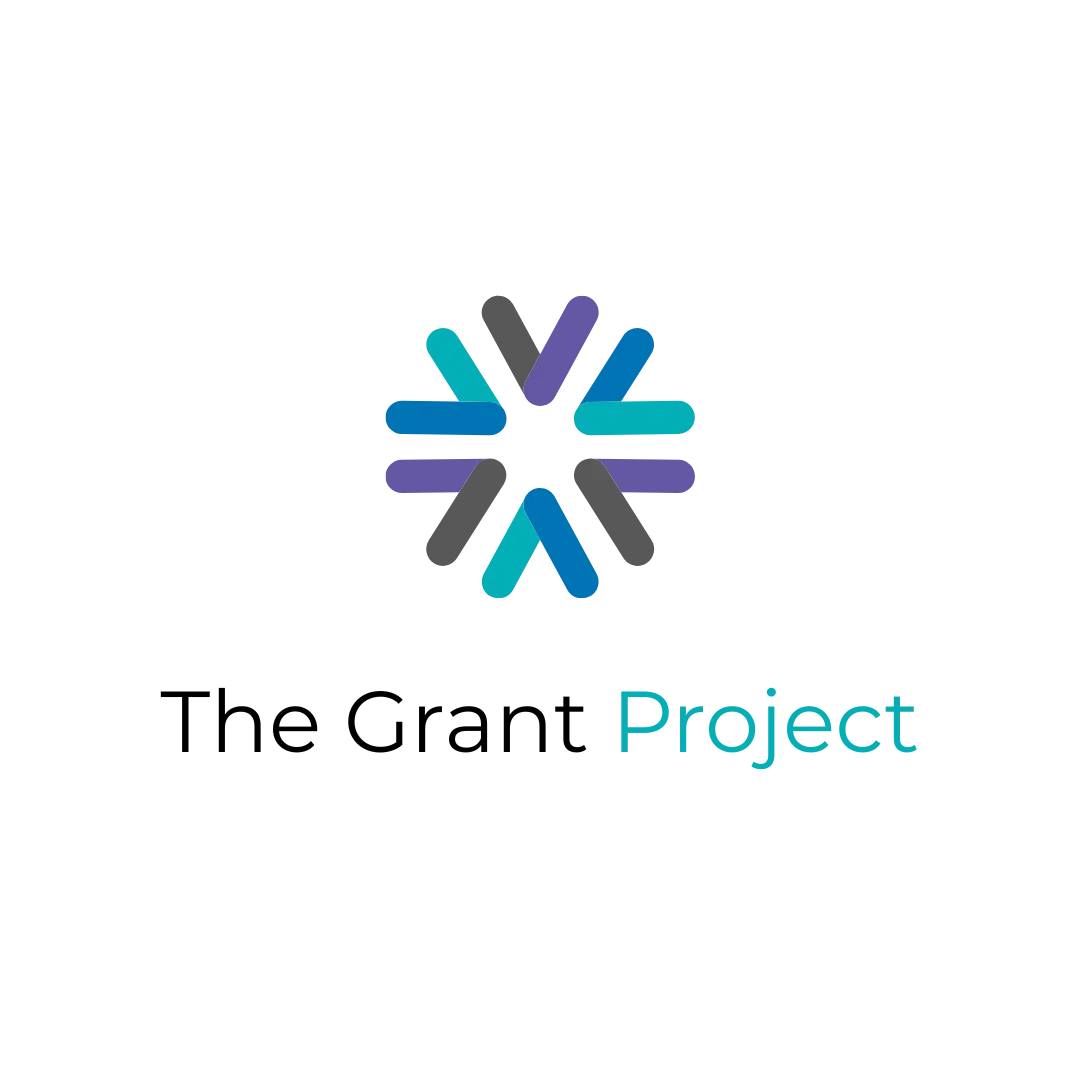
How To Find Your Cognizant or Oversight Agency
How to Find Your Cognizant or Oversight Agency: A Step-by-Step Guide for Nonprofits and Local Governments
Organizations that receive federal funding must identify a cognizant or oversight agency. This is the federal agency responsible for reviewing indirect cost rates, monitoring compliance, and serving as the organization’s primary federal partner for cost accounting matters.
Knowing your cognizant or oversight agency is an essential part of maintaining compliance with federal grant requirements. This guide explains how the assignment process works and outlines the steps to determine which agency oversees your organization.
Understanding the Role of a Cognizant Agency
A cognizant acts as your organization’s designated federal point of contact for indirect cost and cost allocation matters. This agency reviews and negotiates your indirect cost rates, approves cost allocation plans, and ensures compliance with the Uniform Guidance (2 CFR Part 200).
Assignments are determined based on your organization’s federal funding profile, not by choice. It also based on your organization's annual federal grant expenditures—not awards.
If your organization expends less than $50 million in federal funds during a fiscal year, you are assigned an oversight agency instead. While similar in function, an oversight agency plays a less formal role in indirect cost negotiations.
Step 1: Determine Your Federal Expenditures
The first step in identifying your cognizant agency is determining whether your organization’s total federal expenditures exceed the $50 million threshold.
More than $50 million in expenditures= Cognizant agency is assigned
Less than $50 million in expenditures= oversight agency is assigned
Use the Schedule of Expenditures of Federal Awards (SEFA) in your Single Audit to calculate total federal expenditures. Include both direct and pass-through federal funding. Please note that understanding what is federal funding can be confusing. Grants may "come from" a state agency but the funding may actually be Federal. You must be able to distinguish between Federal pass-through funding and state grants. The SEFA from your previous fiscal year Single Audit will have the correct information.
TIP: If your total is close to $50 million, confirm your calculations carefully. Incorrect classifications can cause unnecessary administrative complications in the future.
Step 2: Identify Your Largest Federal Funding Source
Once your expenditure level is established, identify the federal agency that provided the largest share of your federal funding.
Typically your cognizant or oversight agency is the federal agency that provided the largest amount of direct awards.
However, if less than 25% of your total federal expenditures came from direct awards, your assignment is based on the federal agency providing the largest total funding (including both direct and pass-through awards).
Example
If a city expended:
$30 million from FEMA (direct)
$15 million from HUD (direct)
$20 million in EPA funds (pass-through via the state)
Then FEMA would serve as the cognizant agency, since it provided the largest direct award and direct awards made up more than 25% of total federal spending.
Step 3: Verify Through the Federal Audit Clearinghouse (FAC)
The Federal Audit Clearinghouse (FAC) automatically assigns cognizant or oversight agencies based on data from the 2019 fiscal year. Assignments are reviewed every five years (e.g., 2024, 2029, 2034) based on your organization's first Single Audit submission after the creation of the UEI (2019).
To confirm your assignment:
Even if your funding mix has changed since 2019, your assignment remains valid until the next scheduled review.
Step 4: Apply the Rules for Your Organization Type
Nonprofits and Educational Institutions
For nonprofits and educational institutions, cognizant agency assignments follow the OMB Uniform Guidance (2 CFR 200, Appendices III and IV). Once assigned, the same agency typically remains in place for at least five years, ensuring continuity in federal oversight.
Local Governments
For local governments:
For government-wide central service cost allocation plans, the cognizant agency is the federal agency providing the largest total federal awards to the city or county.
For departmental-level indirect cost rates, the cognizant agency is the federal agency providing the largest amount of direct federal awards to that specific department, unless otherwise noted by FAC. More often than not, the organization level cognizant agency will review and award rates to all departments.
Step 5: Requesting a Change in Cognizant Agency
If your funding portfolio or structure has changed significantly, your cognizant agency assignment may no longer align with your current operations. To request a change:
Both the current and proposed cognizant agencies must agree to the reassignment.
The agencies must jointly submit a request to the Federal Audit Clearinghouse.
Organizations cannot unilaterally change their assignment at will.
Common Errors to Avoid
Using awards instead of expenditures: assignments are based on what you spent, not what was awarded.
Excluding pass-through funds: Pass through funding still counts towards the originating federal agency.
Using current-year data: Assignments are tied to prior-year data and NOT current spending levels. The Infromation at FAC is based on the last submitted Single Audit which should be from your organization's previously completed and audited fiscal year.
Step 6: Build a Strong Working Relationship
Once your cognizant agency is identified, establish an ongoing professional relationship with your Grant Program Officer at your cognizant agency. This agency will guide your organization through key compliance processes, including:
Indirect cost rate negotiations
Cost allocation plan reviews
Federal compliance guidance
Audit resolution
Proactive communication can lead to smoother reviews, timely approvals, and stronger federal partnerships.
Key Takeaways
Identifying your cognizant agency is a foundational step in federal grant management. It ensures accountability, supports compliance, and strengthens coordination with federal partners.
Take time to verify your current assignment and communicate it across your grants and finance teams. Doing so will position your organization for long-term success in managing federal awards.
For additional support, explore our NICRA Series and other resources on federal grant management best practices.
Ready to transform your nonprofit or local government's approach to grant funding? Subscribe to The Grant Project Newsletter below for expert insights, funding opportunity alerts, and proven strategies that help communities secure the resources they need to thrive.

